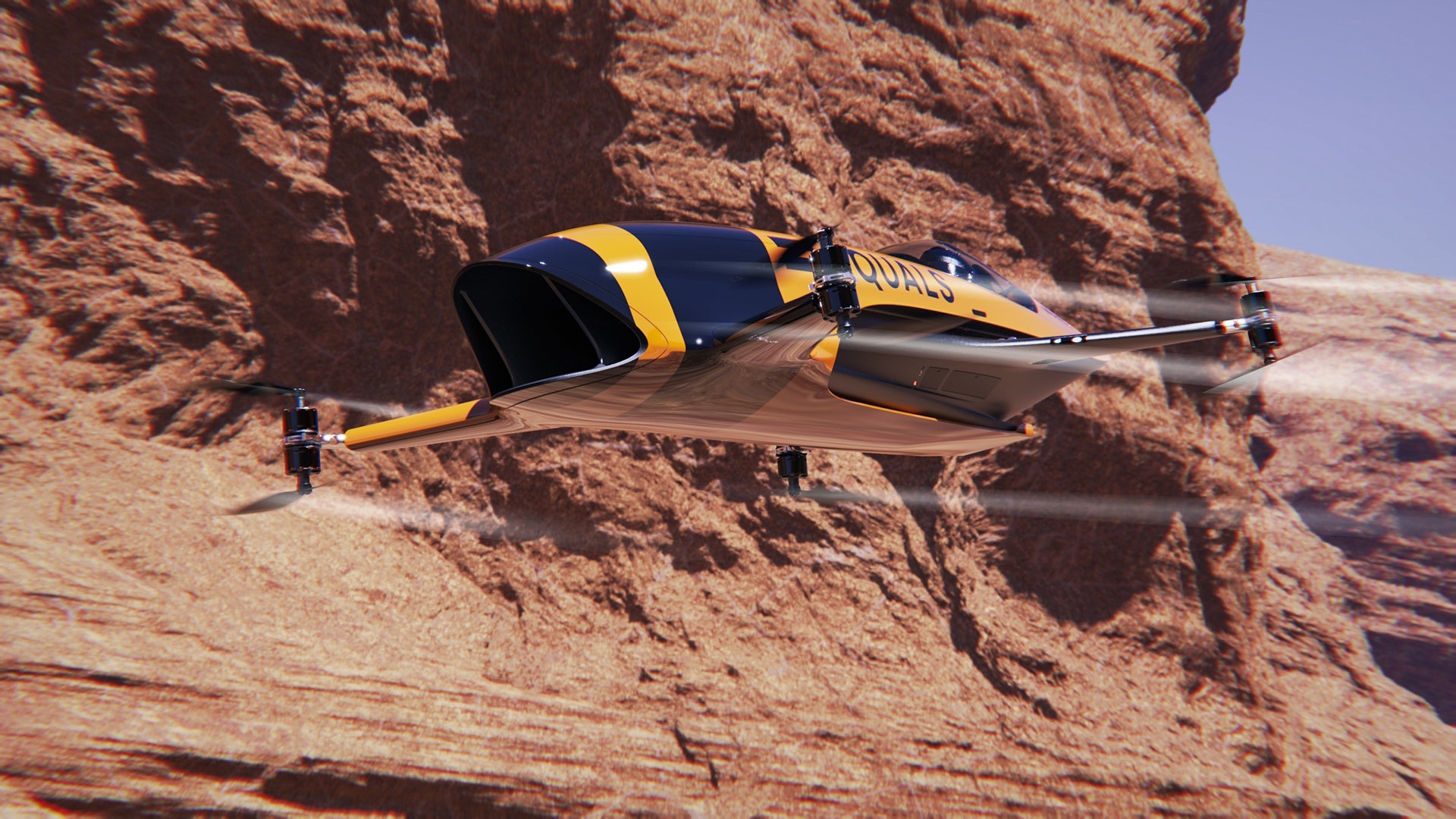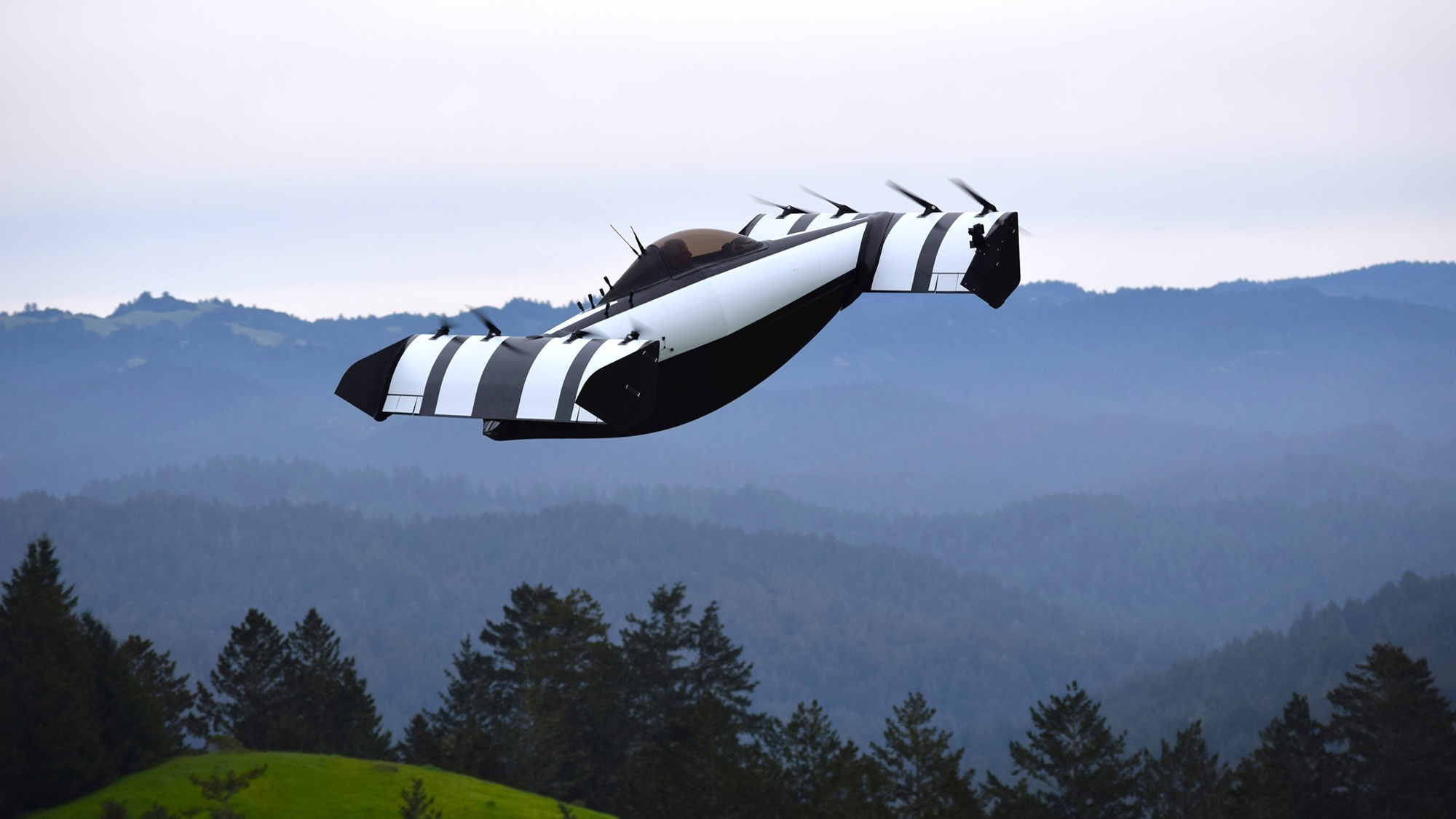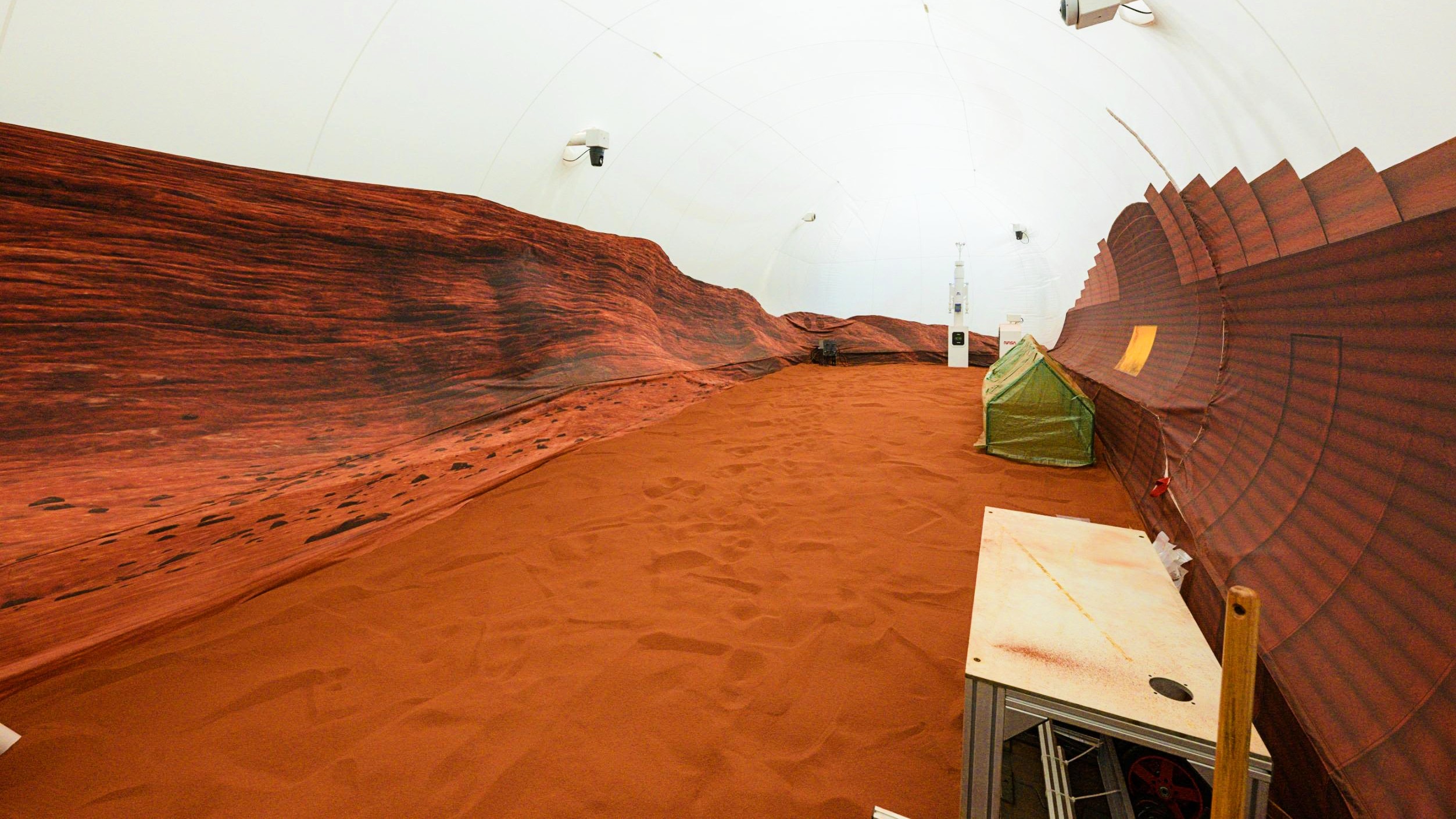Hypersonic passenger jet aims to fly from New York to London in 90 minutes

Hermeus Corporation
- The Hermeus Corporation, an Atlanta-based startup, said it’d take about 10 years to build its hypersonic jet.
- The era of commercial supersonic transport came to an end in 2003 when the Concorde was retired.
- Recently, many companies and nations have started investing in supersonic research, possibly signaling the return of the technology in commercial flight.
A U.S. aerospace startup company has secured a round of funding to develop a jet with the ability to fly from New York City to London in about 90 minutes.
The Atlanta-based Hermeus Corporation said it aims to build a jet with a cruising speed of 3,300 mph – more than four times the speed of sound. At that rate, it would take about 90 minutes to cross the Atlantic Ocean, while currently flights often last more than seven hours. If successful, Hermeus’ aircraft would fly twice as fast as the now-retired Concorde, which could complete transatlantic flights in about three-and-a-half hours.
“We’ve set out on a journey to revolutionize the global transportation infrastructure, bringing it from the equivalent of dial-up into the broadband era, by radically increasing the speed of travel over long distances,” AJ Piplica, Hermeus’ co-founder and CEO, said in a statement on the company’s website.
The company — whose four co-founders previously worked together at Generation Orbit, where they led the development of the Air Force’s X-60A hypersonic rocket plane — said it would take about a decade to develop the aircraft.
“We have a ton of flying to do in that time – we’ll have at least two smaller iterations of aircraft that we’ll build, test, and learn from in that time,” Hermeus co-founder and CEO AJ Piplica told CNN. “The main challenge is integrating the core technologies together and testing them. It’s really difficult to recreate the Mach 5 environment on the ground, which calls for a rethinking of how we develop vehicles that operate in this environment. That means you have to fly. We have to build a lot of hardware and fly it early so we can learn and iterate quickly.”
Hermeus said it expects a flight aboard its jet to cost about $3,000.
The return of hypersonic transport
The era of commercial hypersonic flights came to a close in 2003 when the Concorde was retired. It seemed supersonic transport was just too costly to justify, considering it took relatively massive amounts of fuel to propel jets at speeds of 1,350 mph. What’s more, fewer passengers wanted to fly on the Concorde in the years following the crash of Air France Flight 4590.
But hypersonic transport seems to be making a comeback. In recent years, several big names in the aviation and aerospace industries have made strides to begin developing hypersonic aircraft:
- In 2019, Boom Supersonics plans to test fly a half-size prototype of its supersonic commercial jet, which the company says will be “history’s first independently developed supersonic jet and the fastest civil aircraft ever built.”
- In 2018, Lockheed Martin won a $241.5 million contract from NASA to build a supersonic plane that wouldn’t produce a supersonic boom during flight.
- Also last year, Boeing unveiled a passenger-carrying hypersonic aircraft concept.
Why the renewed interest? One reason is that technology is breaking down prohibitive barriers in hypersonic transport: Engineers are working on ways to eliminate the sonic boom produced by hypersonic aircraft (a problem which had restricted the flight routes of the Concorde), and they’ve also made strides in building engines that can withstand the high temperatures produced by supersonic-capable engines.
The recent investments in hypersonic technology also signal that companies believe there’s a market for hypersonic transport. After all, these aircraft could someday make it possible to attend a meeting on the other side of the planet and make it home for dinner.





